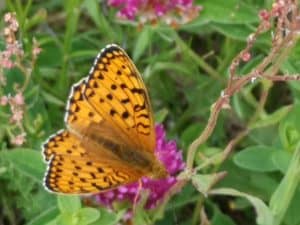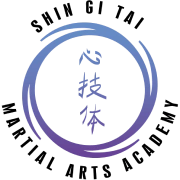
Reflections of a Coach
It’s been a busy day so far, training at Aikido seminar with Neil Saunders Sensei, 6th Dan in Yoshinkan Aikido. It was good practice ready for Jizerka 2019 with Mustard Sensei and Thambu Sensei. I’ve sat by a lake for a few hours fishing and enjoying the wildlife and pondering the meaning of life and martial arts in particular and practicing some Tai Chi as I think about my reflections as a coach and Martial Artist.
The Dichotomy of training
In the arts that I’ve experienced in some depth, Karate, Tai Chi, Kung Fu, Aikido, Kickboxing, Boxing and Judo, the emphasis is on whole body movement rather than using just single limbs. Understanding experienced practitioners is harder, as they make it look like there is no movement, until you both touch hands.
 As a youngster, everything was HARDER FASTER, even my Tai Chi. It wasn’t until I was mid 20s with Kanazawa Sensei, I finally ‘got’ the concept, after much consideration, of being softer and more effective. Nearly 30 years on, I’m still working on it. One day.
As a youngster, everything was HARDER FASTER, even my Tai Chi. It wasn’t until I was mid 20s with Kanazawa Sensei, I finally ‘got’ the concept, after much consideration, of being softer and more effective. Nearly 30 years on, I’m still working on it. One day.
Some arts are labelled soft or hard. In practical terms there is, or at least, should be some hard and some soft in all arts. Albeit the proportions are different dependant upon the art. How much is enough? Just enough so it does the job in hand. You don’t need a pneumatic drill or even a sledgehammer to crack a nut.
Also as a teenager and young man, I used to revel in the bruised forearms and shins from hard ‘blocking’ and striking. The concept of a block attacking your opponent’s limbs to stop them fighting you was paramount. I remember some real wars in the dojo. As I found more experienced teachers, I learnt to think about about receiving and redirect opponent’s attacks. Thus I found that my counter strikes became more effective.. Regardless of art, you have to pressure test your skills and knowledge to see if it really works and to learn from the your partner. A good partner makes or breaks your success as a Martial Artist.
Coaching
I started teaching as a 5th Kyu in Karate. I had lots of enthusiasm but little skill in technique and none in coaching. It wasn’t until closer to my black belt that I started to think about my actions and get an inkling of how little I knew. Today and I still have that feeling most days when I train. The only difference know, is I now know how little I know and understand. As a coach, it’s harder still, I need both the technical skills and pedagogical and andragogy. It’s taken me a long time to get where I am, and I suspect a lot more time to get to where I want to go to.

My final reflections of a coach today are “There’s so much more to learn, always.”
